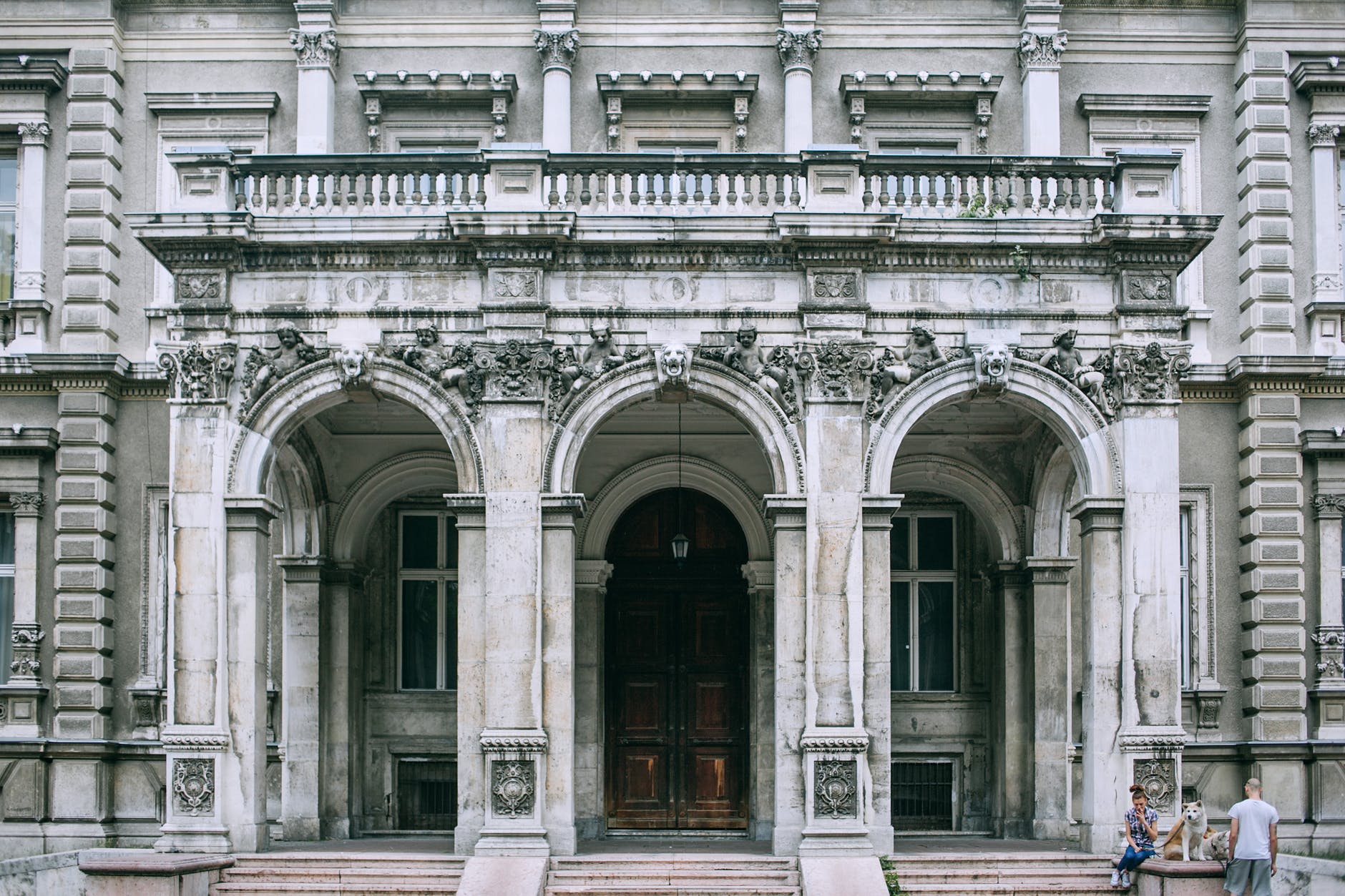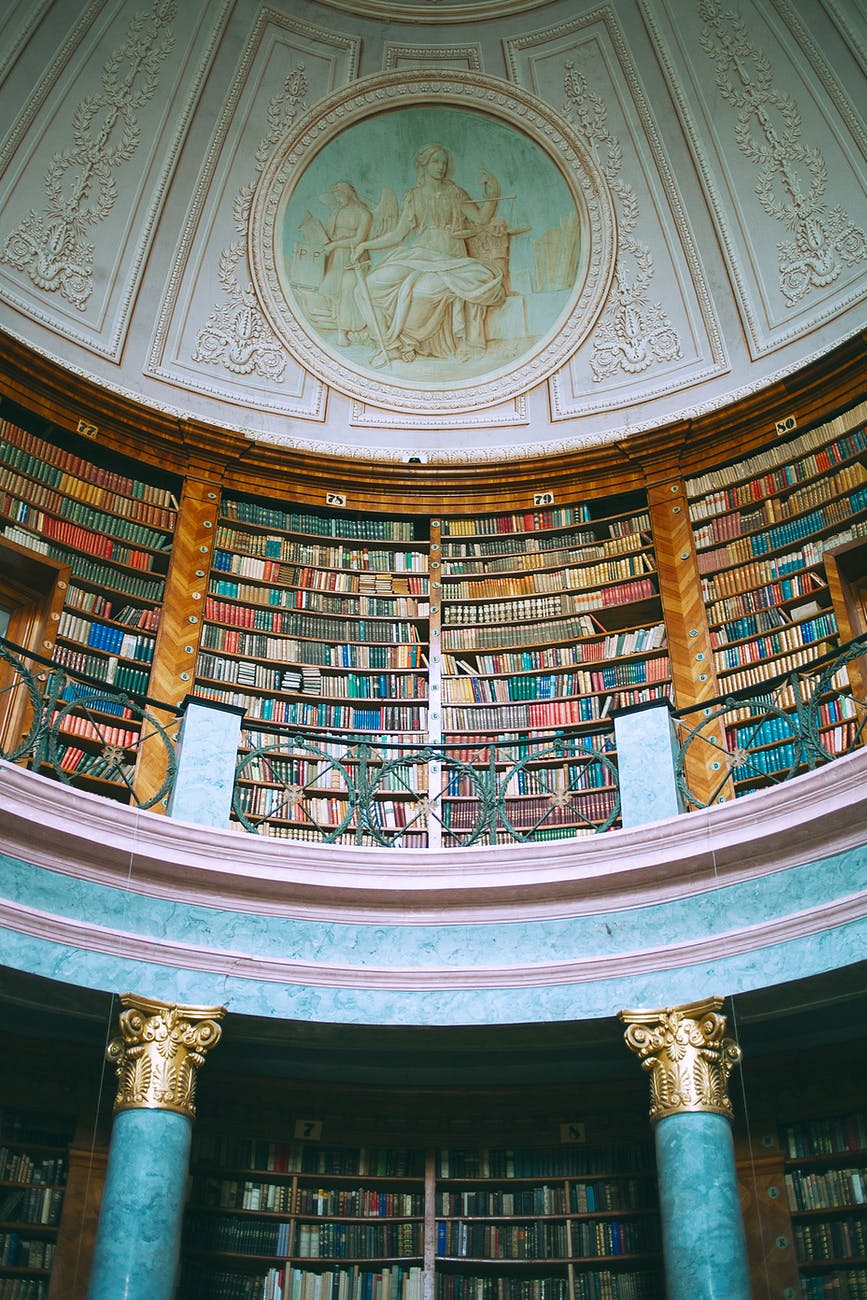Nouveau Art includes artworks produced during the period roughly from the 1860s to the 1970s, and it refers to the styles and philosophy of art produced during that era.
Nouveau Art , the word Nouveau means new in French

This term associate with art in , the traditions of the past are abandon in a spirit of experimentation. Modern artists experimented with new ways of seeing and new ideas about the nature of materials and the functions of art.
The tendency away from the novel, which was characteristic of traditional arts, towards abstraction, is a feature of much modern art.
Modern artistic production is often called contemporary art or postmodern art.
Modern art
begins with the legacy of painters such as Vincent Van Gogh, Paul Cézanne, Paul Gauguin, Georges Seurat and Henri de Toulouse-Lautrec, all of whom were fundamental to the development of modern art.
At the beginning of the twentieth century Henri Matisse and many other young artists including pre-Cubism, Georges Braque, André Derain, Raoul Duffy, Jean Metzinger and Maurice de Familink, revolutionized the art world in Paris with landscapes that were “wild”, And multi-color, and expressive. And he painted paintings that critics called Fauvism. Mattis, in two versions of the dance, makes a key point in his career and in the development of modern painting.
This reflected Matisse’s initial fascination with primitive art: the intense warm color of the figures against the cold blue-green background and the rhythmic sequences of the dancing nudes convey feelings of emotional liberation and indulgence.
Influenced by Toulouse-Lautrec, Gauguin and other innovators in the late nineteenth century, Pablo Picasso made his first Cubist paintings based on Cézanne’s idea in which all depictions of nature can be divided into three solids: a cube, a sphere, and a cone.
With the painting Les Demoiselles d’Avignon (1907), Picasso radically created a radical new picture depicting a crude and primitive prostitution scene with five prostitutes, violently painted women, reminiscent of African tribal masks and his new cubist inventions.
Analytic Cubism was developed jointly by Picasso and Georges Braque, represented by Violin and Candlestick, Paris, from about 1908 until 1912. Analytic Cubism, the first visible manifestation of Cubism, was accompanied by synthetic Cubism, practiced by Braque, Picasso, Fernand Leger, Juan Gris and Albert Gleizes, Marcel Duchamp and many other artists of the 1920s. Synthetic Cubism is characterized by the introduction of different textures and surfaces, elements of collage, paper polyurethane, and a large variety of combined materials.
The idea of Nouveau Artis closely related to Modernism.
A History of Modern Art
Roots in the nineteenth century
Although modern sculpture and modern architecture emerged at the end of the nineteenth century, the beginnings of modern painting could have existed at an earlier time. The most famous date as the birthmark of Nouveau Art is the year 1863,
the year Edouard Manet showed his painting Le Dijon sur Learby at the Salon des Reviews in Paris. Earlier dates have also been suggested, among them 1855 (Gustave Courbet showed the artist’s studio) and 1784 (the year Jacques Louis David completed his painting for the Horati section). In the words of art historian H. Harvard Arnason:
“Each of these dates has significance for the development of modern art, but none categorically marks a new beginning. Within a hundred years there was a gradual transformation. ”
The paths of thought that ultimately led to modern art can be traced back to the Enlightenment, and even the seventeenth century. The important modern art critic Clement Greenberg, for example, called Immanuel Kant “the first true modernist,” but he also drew a distinction: “He criticized the Enlightenment from the outside … Modernity criticizes from within.
The French Revolution of 1789 uprooted assumptions and institutions that had been accepted for centuries with few questions and accustomed people to vigorous political and social debate. This led to what art historian Ernst Gombrich described as “a self-awareness that made people choose their building style while one chooses a wallpaper style.”
The pioneers of Nouveau Art were Romantic, Realist, and Impressionist. By the late nineteenth century, additional movements that were influential in Nouveau Art began to emerge: Post-impressionism as well as Symbolism.
The influences on these movements varied: from exposure to oriental decorative arts, especially the Japanese printing industry, to the color innovations of Turner and Delacroix, to a search for more realism in the depiction of shared life, as found in the works of painters such as Jean-Francois Millet.
Defenders of realism stood for an idealism of academic art linked to tradition that had garnered public and official support. The most successful painters of the day worked either through commissions or through large public galleries for their own work. There were official painters’ unions sponsored by the government, while governments regularly held public exhibitions of fine and decorative arts.
Impressionists argued that people do not see objects but only the light they reflect, and thus painters should paint in natural light (en plein air) rather than in studios and should capture the effects of light in their work. Impressionist artists formed a group, the Société Anonyme Coopérative des Artistes Peintres, Sculpteurs, Graveurs (“Association of Painters, Sculptors, and Engravers”) which, despite internal tensions, launched a series of independent exhibitions.
The style was adopted by artists in different countries, in preference to a “national” style. These factors proved to be a “movement”. These features – the creation of a modus operandi that is complementary to art, the creation of a movement or an apparent active essence of support, and international adoption – will be replicated through the artistic movements of the modern era in art.
Early twentieth century
Among the movements that flourished in the first decade of the twentieth century were El Foves,
Cubism, expressionism, and futurism.
During the years among 1910 and the finish of World War I and after the prime of Cubism, a few developments emerged in Paris. Giorgio de Chirico moved to Paris in July 1911, where he joined his sibling Andrea (artist and painter known as Alberto Savinho).
During 1913 he displayed his works at the Salon des Indépendants and Salon d’Automne, and his work was noted by Pablo Picasso, Guillaume Apollinaire, and a few others. His strange and baffling canvases are helpful in the early beginnings of Surrealism. The Song of Love (1914) is one of de Chirico’s most renowned works and is an early illustration of the surrealist style, despite the fact that it was painted ten years before the development was established by André Breton in 1924.
World War I stopped this stage yet flagged the start of various counter-craftsmanship developments, for example, Dada, including crafted by Marcel Duchamp, and Surrealism. Craftsman gatherings, for example, de Stijl and the Bauhaus have grown novel thoughts regarding the interrelationship between expressions, engineering, plan, and workmanship instruction.
Current workmanship was acquainted with the United States with the Arms Gallery in 1913 and through European specialists who had moved to the United States during World War I.
dismissal
The dismissal of present day workmanship has been so solid since this idea started to be planned, not just in the social and traditionalist settings that cutting edge specialists looked to proliferate, yet among erudite people who paid attention to their investigates very, as they were, in Spain, through Eugenio Dor, creator of the expression Abadism: anything that is certifiably not an impersonation is literary theft; Or José Ortega y Gacy, who was conveying one of his works: the dehumanization of craftsmanship.
Soviet Communism and Italian Fascism, which were firmly identified with the vanguard (Constructivism, Futurism), since its origin and during the 1920s, had encountered from 1930 the need to coordinate their propagandistic control in the field of style through a craftsmanship all the more effectively edible by the majority. They discovered almost indistinguishable arrangements in what was known as communist authenticity or fundamentalist workmanship.
On account of Nazism, he characterized current craftsmanship with what he called the savage specialty of the good and second rate races, instead of the planned qualities of Aryan style or Aryan workmanship. All things considered, the oppression of the Jews and the German control of Europe during World War II gave simple activity to the hidden loot of numerous bits of present day workmanship by Nazi pioneers (who didn’t annihilate them, yet caught them).
Then, American private enterprise, then again, accepted present day craftsmanship with extraordinary dynamism, which remembered this for the creation cycle and the usage of its incredible potential for the market.
Impressionism and cutting edge
Impressionism and Post-impressionism chose to explore different avenues regarding better approaches for speaking to light and space through the shading and craft of painting, and the vibration of issue in model (Rodin). In the years paving the way to World War I, a blast of inventiveness happened with Phovism, Cubism, Expressionism and Futurism.
World War I carried with it the finish of this stage, however it denoted the start of a progression of against workmanship developments, for example, those given and crafted by Marcel Duchamp and Surrealism.
Gatherings, for example, Stijl and Bauhaus additionally started to grow novel thoughts regarding the interconnections between expressions, engineering, plan, and workmanship training.

In US of America
The idea of imaginative Nouveau Art was presented in the United States at the 1913 Armory Gallery, particularly with the appearance of craftsmen who fled Europe because of World War I, for example, Francis Picabia. All things considered, Paris kept on being the capital of workmanship during the whole interwar period, an express that didn’t arrive at New York until World War II.
In the fifties, the sixties and seventies, without precedent for the historical backdrop of craftsmanship, styles showed up in the United States (unique expressionism, prior workmanship, people craftsmanship, woven artwork, occasion, phloxos, ground craftsmanship, execution craftsmanship, calculated craftsmanship, photorealism, and so forth)
The passing of craftsmanship and the finish of innovation
Poststructuralism hypothesis has instituted the expression “postmodernism” to portray the difficulty of making from the standards of creativity and curiosity (the exceptional components of innovation); Instead, it alludes to components, for example, reevaluation and abdication (the supposed “semantic turn”) 10 to expand the idea of craftsmanship and set up it as a demonstration of correspondence.
Addressing workmanship as an organization was a lot more established. This was the situation of Marcel Duchamp, who epitomized in his work Fuente (1917), an exceptional regular item and introduced provocatively as a masterpiece (a urinal flipped around). Stylish incitement, which came from the boundless, amazement and restraint from the nineteenth century (which the middle class proposed later on – uncovering the bourgeoisie),
11 spots got regular in the interwar period (Dada and Surrealism), and was extended during the 20th century with the occasions, The performance center of idiocy and other tasteful incitements of existential social presence, insect strikes,
and later plastic craftsmanship and society workmanship. The inconceivability of proceeding to keep a fanciful partition among craftsmanship and the remainder of the items has been demonstrated in progress of craftsmen, for example, Robert Rausheimberg and Andy Warhol, who have obviously recognized them with different items for mass utilization; The hypothetical articulation happened in the compositions of Rosalind Krausand in the post-structuralist school, or pundits, for example, Julio Carlo Argan (who figured the idea of the demise of workmanship).
In the late 20th century, in the scholarly setting of “phonetic language” and the discussion among advancement and postmodernity, it started to spread in the workmanship world called “postmodernism” (postmodern craftsmanship, craftsmanship
Postmodern design, postmodern canvas, postmodern model). The cutting edge emergency was reported, and even the customary classes or expressions (painting and figure) stopped to be the primary mechanism of imaginative articulation for those searching for more creative methods, for “aesthetic establishments”, “intercessions”, sight and sound “(video craftsmanship, advanced workmanship, Media workmanship, and so on)
After World War II , Nouveau Art
In any case, after World War II, the United States turned into the point of convergence of new masterful developments. The 1950s and 1960s saw the rise of dynamic articulations, vivid field artworks, pop craftsmanship, plastic workmanship, strong craftsmanship painting, insignificant workmanship, expressive reflection, flexus, entry, video craftsmanship, post-dimensional, authenticity and different developments.
In the last part of the 1960s and 1970s, land expressions, performing expressions, allegorical expressions, and other new fine arts pulled in light of a legitimate concern for caretakers and pundits, to the impairment of conventional media. Huge establishments and exhibitions got boundless.
Before the finish of the 1970s, when social pundits started discussing “The End of Painting” (the title of a provocative article written in the 1981 Douglas Karim book), new media workmanship had become a classification in its own right, with an expanding number of specialists. Experience innovation like video craftsmanship. Painting accepts a recharged hugeness during the 1980s and 1990s, as confirmed by the ascent of neo-expressionism and the restoration of imagery.
Toward the finish of the 20th century, various specialists and planners started to scrutinize the idea of “innovation” and typically postmodern works were created.
Points of reference, Nouveau Art
The points of reference of current aesthetic thoughts would already be able to be found in crafted by the incomparable Baroque bosses (Velázquez or Rembrandt); From the writers of the late eighteenth and mid nineteenth hundreds of years closer to sentimentalism (Goya, David, Delacroix, Grecollet, Friedrich, Turner, William Blake); Authors from the mid-nineteenth century are nearer to authenticity (Corot, Millett, Courbet, Barbizon School, William Morris).
It is on these dates that contemporary craftsmanship is seen as a socially misjudged idea, outsider to organizations, not surprisingly; Ironically, however, he winds up making his own proxy establishment (Salon des Refusés, 1863-of the dismissed ones-). Urgent was the part of unmistakable scholarly people who, as Rambo, were workmanship pundits.
add more about the Nouveau Art
read more A walk through art history
